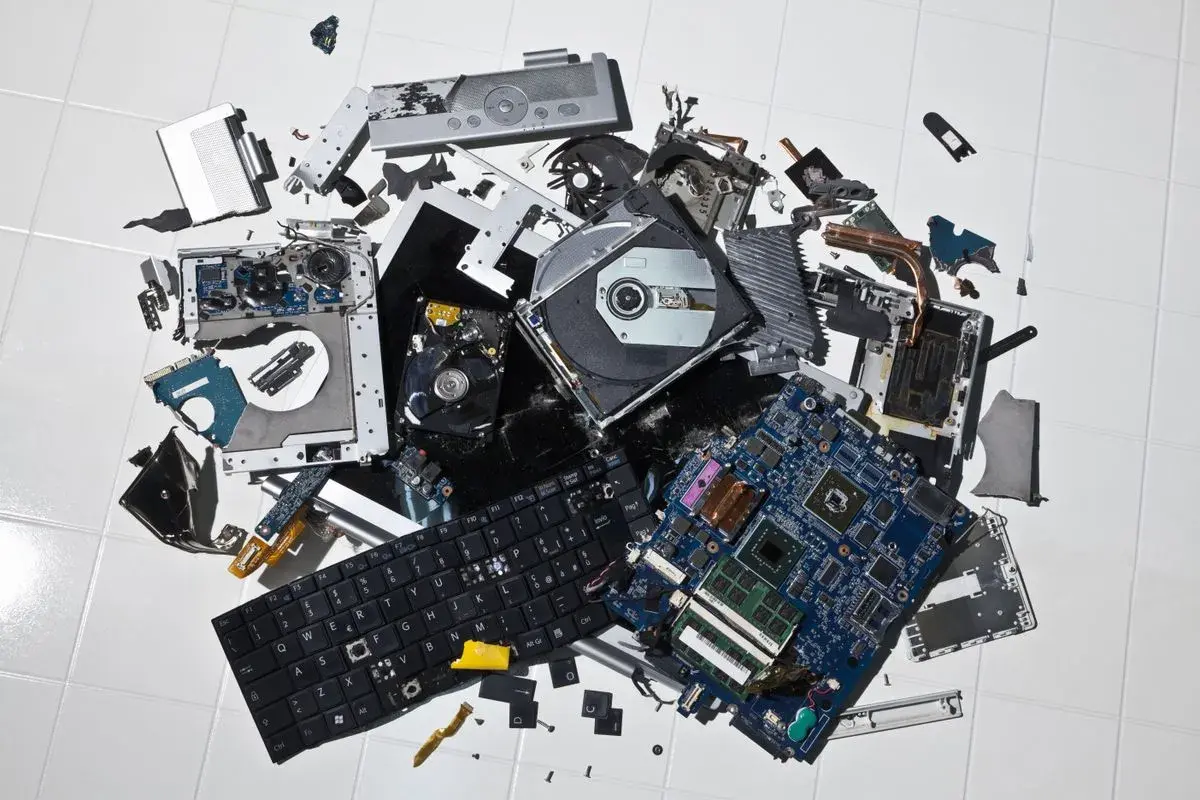Analysts have warned Windows 10 end of life plans could spark a global torrent of e-waste, with millions of devices expected to be scrapped in the coming years.
Research from Canalys shows that up to 240 million PCs globally could be terminated as a result of the shift over to Windows 11, raising critical questions about device refreshes and the responsibility of vendors to extend life cycles.



Yeah, basically. Which raises a question: how companies with much smaller market share can justify providing support, but Nvidia, a company that dominates the GPU market, can’t?
Debian supports several DEs with only Gnome defaulting to Wayland. Everything else uses X11 by default.
Some other popular distros that ship with Gnome or KDE still default to X11 too. Pop!_OS, for example. Zorin. SteamOS too, technically. EndeavorOS and Manjaro are similar to Debian, since they support several DEs.
Either way, none of those are Wayland exclusive and changing to X11 takes exactly 2 clicks on the login screen. Which isn’t necessary for anyone using AMD or Intel, and wouldn’t be necessary for Nvidia users, if Nvidia actually bothered to support their hardware properly. But I digress.
Oh, it’s no way perfect. Never claimed it is.
This both depends on the disto you use and on what you consider a “usable environment”.
If you extensively use Office 365, OneDrive, need ActiveDirectory, have portable storage encrypted with BitLocker, etc. then, sure, you won’t have a good experience with any distro out there. Or even if you don’t, but you grab a geek oriented distro (e.g. Arch or Gentoo) or a barebones one (e.g. Debian) you, again, won’t have the best experience.
A lot of people, however, don’t really do a whole lot on their devices. The most widely used OS in the world, at this point in time, is Android, of all things.
If all you need to do is use the web and, maybe, edit some documents or pictures now and then, Linux is perfectly capable of that.
Real life example: I’ve switched my parents onto Linux. They’re very much not computer savvy and Gnome with it’s minimalistic mobile device-like UI and very visual app-store-like program manager is significantly easier for them to grasp. The number of issues they ask me to deal with has dropped by… A lot. Actually, every single issue this year was the printer failing to connect to the Wifi, so, I don’t suppose that counts as a technical issue with the computer, does it?
I use Gnome (Wayland) with an AMD GPU. My tablet is plug and play… Unlike on Windows. Go figure.
I feel like it’s the opposite as Nvidia provides a lot of Linux support by providing an open source kernel module (https://github.com/NVIDIA/open-gpu-kernel-modules) while AMD gets proprietary blobs into the Linux kernel ( https://trisquel.info/en/wiki/configure-2d-and-3d-graphics-acceleration). How come Linux is supporting AMD more than Nvidia currently?
You’re linking a post… From 2010. AMD replaced radeon with their open source drivers (AMDgpu) in 2015. That’s what pretty much any AMD GPU that came out in the last 10 years uses now.
Furthermore, the AMDgpu drivers are in-tree drivers, and AMD actively collaborate with the kernel maintainers and developers of other graphics related projects.
As for Nvidia: their kernel modules are better than nothing, but they don’t contain a whole lot in terms of actual implementation. If before we had a solid black box, now, with those modules, we know that this black box has around 900 holes and what comes in and out of those.
Furthermore, if you look at the page you’ve linked, you’ll see that “the GitHub repository will function mostly as a snapshot of each driver release”. While the possibility of contributing is mentioned… Well, it’s Nvidia. It took them several years to finally give up trying to force EGLStreams and implement GBM, which was already adopted as the de-facto standard by literally everybody else.
The modules are not useless. Nvidia tend to not publish any documentation whatsoever, so it’s probably better than nothing and probably of some use for the nouveau driver developers… But it’s not like Nvidea came out and offered to work on nouveau to make up to par and comparable to their proprietary drivers.